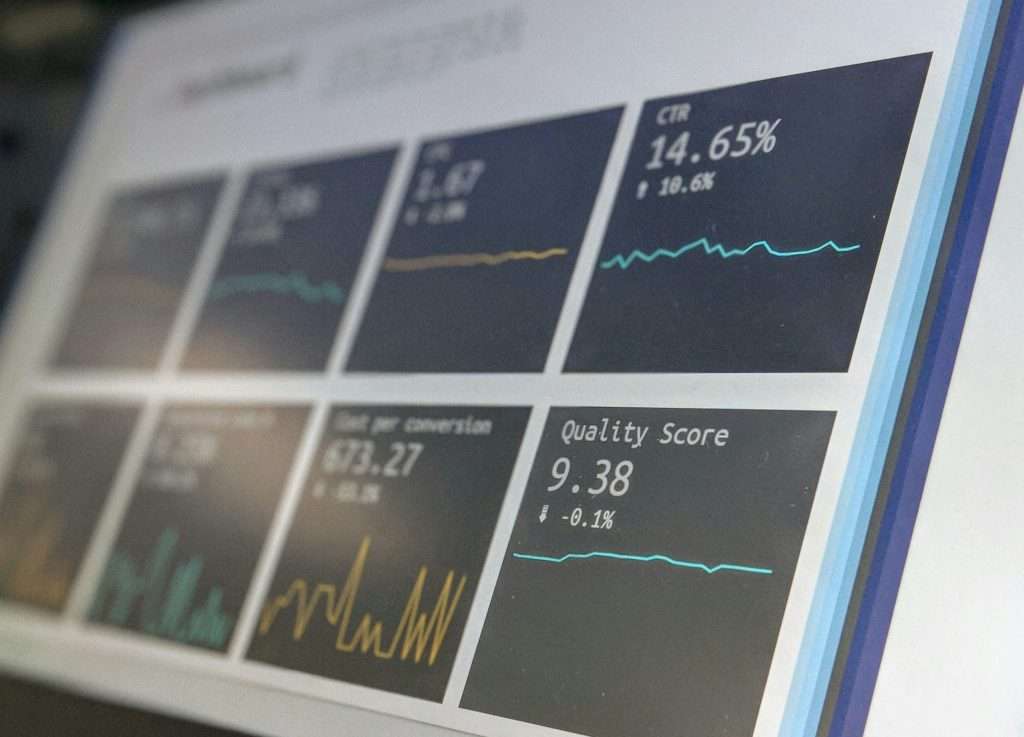As manufacturers embrace digital tools to enhance efficiency, the unintended consequence of ‘gray work’ emerges, challenging productivity and morale.
The Digital Dilemma
The last ten years have seen a digital revolution in manufacturing, with a plethora of digital tools available to streamline operations. However, this digital boon has a downside: the creation of information silos. These silos often lead to redundant work, as employees find themselves re-entering data across disparate systems to generate comprehensive reports or gain a holistic view of operations.
The Rise of Gray Work
The term ‘gray work’ refers to the unproductive time spent managing and reconciling information across various digital platforms. A Quickbase survey highlighted that decision-makers spend up to 20 hours weekly on such tasks, which can erode profits and dampen morale.
A Case for Integration
One materials manufacturer showcases how to pre-empt gray work. In materials handling, where the goal is to move products safely and efficiently, the integration of digital tools is paramount. Effective communication of changes in software, staffing, or logistics is essential to avoid production hiccups and customer dissatisfaction.
Automating Change Management
To mitigate gray work, some manufacturers have turned to dynamic work management platforms. These systems automate the dissemination of information regarding changes, ensuring that only relevant parties are notified, thus streamlining the process and maintaining operational flow.
Balancing Technology with Strategy
Manufacturers must avoid haphazardly adding tools without a clear strategy. The 75-15-10 technology rule can serve as a guide: 75% of the infrastructure should be structured technology, with the remaining 25% divided between flexible tools and daily productivity apps. This balance helps manufacturers adapt to changes without disrupting business continuity.
Just as enterprise resource planning and cloud platforms revolutionized manufacturing in the past, today’s digital infrastructure demands flexibility. Manufacturers must build a foundation that supports current business needs while being agile enough to accommodate future changes.




